Why Understanding Fruiting Body vs Mycelium Matters for Your Wellness Journey
Fruiting body vs mycelium represents one of the most important distinctions you need to understand when choosing functional mushroom supplements. These two parts of the fungal organism offer different benefits, potency levels, and bioactive compounds that directly impact your health outcomes.
Functional mushrooms have become a staple in wellness routines, thanks to their potential to boost immunity, improve focus, and help manage stress. However, there’s an important detail many overlook: the source of your mushroom supplement—whether it’s made from the fruiting body or the mycelium—can make a real difference in what you’re getting.
When you see "mushroom extract" on a label, you might be getting the concentrated power of whole fruiting bodies, or you could be paying for mycelium mixed with grain fillers. Fruiting bodies contain up to 10 times more beta-glucans than mycelium grown on grain, while mycelium-based products can contain 35-40% starch that dilutes the active compounds your body actually needs.
The difference isn't just academic—it directly affects the wellness benefits you experience. Research shows that fruiting bodies concentrate the bioactive compounds like beta-glucans, triterpenoids, and ergosterol that give mushrooms their reputation as powerful adaptogens and immune supporters.
I'm Brandi Garden, co-founder of Eversio Wellness, and my journey into understanding fruiting body vs mycelium began when I was searching for effective, natural solutions to my own autoimmune challenges and burnout. Through years of research and working with organic mushroom cultivation, I've learned that knowing these differences is essential for anyone serious about functional mushroom wellness.
Fungal Foundations: Fruiting Body and Mycelium Defined
Think of fungi as nature's ultimate recyclers with a fascinating two-part lifestyle. Understanding fruiting body vs mycelium starts with appreciating how these remarkable organisms operate so differently from the plants we're familiar with.
Unlike plants that sprout from seeds, mushrooms begin their incredible journey as microscopic spores—tiny genetic packages that drift through the air like nature's confetti. When these spores land in the perfect spot with just the right moisture and nutrients, something magical happens.
The spore germinates and sends out hair-thin threads called hyphae. Picture these as microscopic roots, but instead of just absorbing water, they're busy secreting powerful enzymes that break down dead wood, fallen leaves, and organic matter. These hyphae branch and weave together, creating an intricate underground network called mycelium.
The mycelium is like having millions of tiny digestive systems working around the clock beneath our feet. It quietly decomposes organic matter, recycles nutrients back into the ecosystem, and even connects different plants and trees in what scientists playfully call the "wood wide web"—a fungal internet facilitating communication and nutrient sharing throughout forests.
Fruiting Body vs Mycelium: Where They Live and Work
The fruiting body vs mycelium distinction becomes crystal clear when you think about their different job descriptions. If mycelium is the hardworking foundation crew, the fruiting body is the specialized architect that appears only when it's time to build the next generation.
Mycelium lives its entire life underground or within its food source, whether that's a fallen log, forest floor, or growing substrate. It's the digestion and absorption specialist, breaking down complex organic compounds and absorbing nutrients through its vast network of hyphae.
Fruiting bodies, on the other hand, are the above-ground reproductive specialists. These are the mushrooms we actually see—the caps, stems, and intricate structures designed specifically for one purpose: releasing spores to create the next generation.
Fruiting Body vs Mycelium: Growth Triggers & Timing
The mycelium can live happily underground for years, but the fruiting body only appears when environmental conditions align perfectly—like nature's own sophisticated timing system.
The mycelium monitors its environment constantly, waiting for the ideal combination of factors. Humidity needs to reach 80-90%, temperatures must drop slightly from their growing range, and CO₂ levels need to decrease while oxygen increases. Many species also require specific light wavelengths to trigger the fruiting process.
When conditions finally align, the mycelium forms tiny structures called primordia—essentially baby mushrooms that will develop into mature fruiting bodies within days or weeks. Understanding this natural process helps explain why fruiting bodies concentrate such powerful bioactive compounds.
Fruiting Body vs Mycelium: Composition & Bioactive Punch
Here's where the fruiting body vs mycelium debate gets fascinating for anyone serious about functional mushroom wellness. The compositional differences between these fungal parts aren't just scientific curiosities—they directly determine the health benefits you'll actually experience from your supplements.
Think of fruiting bodies as nature's concentrated powerhouses. These visible mushrooms pack bioactive compounds at impressively high levels, with fruiting bodies containing 30-40% beta-glucans on average. Compare that to mycelium grown on grain, which typically delivers only 5-7% beta-glucans—and sometimes virtually none at all.
Why such a dramatic difference? It comes down to how each part stores energy. Fruiting bodies concentrate their energy as glycogen (similar to beta-glucans), creating those potent compounds your immune system loves. Meanwhile, mycelium-based products often contain 35-40% starch from their grain substrates—essentially filler that dilutes the active compounds you're paying for.
But here's where mycelium gets interesting—it does shine in specific areas. Studies show that mycelium contains higher levels of vitamin D and valuable compounds like ergosterol and lovastatin, which may support cardiovascular health and healthy blood sugar levels.
Fruiting Body vs Mycelium: Unique Compounds You Should Know
Different mushroom species have evolved fascinating strategies for concentrating unique bioactive compounds, making the fruiting body vs mycelium choice highly species-dependent for optimal wellness benefits.
Lion's Mane offers the perfect example of this natural specialization. The fruiting body produces hericenones—compounds that support nervous system health through indirect pathways. But the mycelium creates something even more remarkable: erinacines, which can actually cross the blood-brain barrier and directly promote Nerve Growth Factor (NGF) and Brain-Derived Neurotrophic Factor (BDNF) production.
Turkey Tail demonstrates another intriguing split in compound concentration. The mycelium contains polysaccharide-peptide (PSP), a unique compound with immune-supporting properties that's been extensively studied in clinical trials. Meanwhile, the fruiting body concentrates different beta-glucan structures that support immune function through complementary pathways.
Reishi fruiting bodies concentrate higher levels of triterpenes like ganoderic acids, which create the mushroom's characteristic bitter taste and contribute to its renowned adaptogenic properties.
Health Benefits Showdown: What Does the Science Say?
When it comes to fruiting body vs mycelium research, we're looking at thousands of years of traditional use meeting cutting-edge modern science. Most of the foundational studies that put functional mushrooms on the wellness map focused on fruiting bodies—which makes perfect sense when you consider that Traditional Chinese Medicine has been using whole mushrooms for over 4,000 years.
Recent research is revealing that mycelium might have some unique properties that we're just beginning to understand. A fascinating study comparing Lion's Mane extracts found something unexpected: the mycelium extract actually showed greater neuroprotective and neuro-restorative effects than the fruiting body extract.
Scientific research on mycelium vs fruiting body metabolites has shown us that these two parts of the mushroom produce completely different metabolite profiles. It's like they're specialized departments in the same company, each contributing their own expertise to support your immune system, cognitive function, and stress response.
Lion's Mane—Brain Food in Both Forms
Lion's Mane is probably the best example of why understanding fruiting body vs mycelium matters when you're looking for specific health benefits. The fruiting body of Lion's Mane contains compounds called hericenones, which work as powerful antioxidants to support your nervous system health.
But the mycelium is where things get really exciting for brain health enthusiasts. It produces unique compounds called erinacines—and these little molecules can actually cross your blood-brain barrier. Once they're in there, they get to work directly stimulating the production of Nerve Growth Factor (NGF) and Brain-Derived Neurotrophic Factor (BDNF).
Reishi & Chaga—Triterpenes Take Centre Stage
Reishi shows us another clear example of fruiting body vs mycelium differences that matter for your wellness routine. The fruiting body is where you'll find the highest concentrations of those famous triterpenes, especially ganoderic acids. These are the compounds that give Reishi its characteristic bitter taste and its reputation as the "mushroom of immortality."
Chaga is fascinating because it breaks the usual rules. What we call "Chaga" isn't actually a traditional fruiting body at all—it's a sclerotium, which is basically a hardened mass of mycelium. This makes Chaga naturally rich in the types of compounds you'd typically find in mycelial structures.
Turkey Tail—PSP vs PSK
Turkey Tail perfectly demonstrates how fruiting body vs mycelium can work as complementary partners in supporting your immune system. The mycelium produces something called polysaccharide-peptide (PSP), and this compound has been put through its paces in clinical research.
Scientific research on Turkey Tail PSP shows us just how impressive this mycelium-derived compound can be for immune system support. Meanwhile, the fruiting body concentrates different beta-glucan structures that support your immune function through completely different pathways.
Purity, Cultivation & Labeling: What to Watch Out For
Here's where your detective skills need to kick in. Understanding fruiting body vs mycelium becomes absolutely crucial when you're trying to separate the high-quality supplements from the grain-filled imposters lurking on store shelves.
The reality is that many mycelium-based supplements are grown on grain substrates like rice, oats, or sawdust. That might sound fine until you realize that mycelium can't be separated from whatever it's grown on. So when you buy a "mushroom" supplement, you might actually be getting a product that's 35-40% grain starch with only about 9.7% actual mushroom content by dry weight.
Meanwhile, fruiting body extracts contain little to no starch because they're harvested as complete, mature mushrooms rather than scraped off grain substrates.
This is why grain substrate fillers have become such a hot topic in the functional mushroom world. When companies use terms like "myceliated grain" or "mushroom biomass," they're often trying to make grain-heavy products sound more impressive than they actually are.
Cultivation Methods Impact on Efficacy
The way your mushrooms are grown makes all the difference in the world. Solid-state fermentation—growing mycelium on grain—might sound scientific and impressive, but it often produces mixed products with significant substrate contamination.
Liquid fermentation can yield purer mycelium with higher beta-glucan levels, but it still doesn't match the concentrated bioactive compounds found in mature fruiting bodies that have had time to develop their full therapeutic potential.
At Eversio Wellness, we take a completely different approach. We prioritize fruiting body cultivation using the Dì Dào method—growing mushrooms in their spiritual and native homeland with the preferred environment, atmospheric energy, pressure, and altitude required to thrive. When mushrooms are grown Dì Dào, they deliver their intended potency and bioactive compounds exactly as nature intended.
Our dual extraction process maximizes bioavailability by using both water and alcohol extraction methods. Water extraction captures compounds like beta-glucans, while alcohol extraction pulls out triterpenes and other beneficial compounds that water alone can't touch.
Regulatory Snapshot—Know Your Rights as a Consumer
The regulatory landscape around fruiting body vs mycelium products varies significantly. In the EU, mycelium-based products are regulated as Novel Foods and can't be marketed without approval. The US has more lenient labeling requirements, which means less protection for consumers.
Here's what you need to know: you have the right to transparency. You deserve to know exactly what you're buying, whether it's fruiting body, mycelium, or both. You should see beta-glucan percentages clearly listed, not buried in fine print or hidden behind vague terms like "mushroom blend."
Look for products that provide third-party testing results for both potency and purity. This means independent labs have verified that what's on the label is actually in the bottle, and that it's free from heavy metals, pesticides, and other contaminants you definitely don't want in your wellness routine.
Choosing High-Quality Functional Mushroom Supplements
When navigating the fruiting body vs mycelium decision for your wellness routine, focus on these quality indicators:
Beta-Glucan Content: Look for products that specify beta-glucan percentages rather than total polysaccharides. Fruiting body extracts should contain 20-40% beta-glucans, while quality mycelium products should specify their beta-glucan content clearly.
Third-Party Testing: Choose brands that provide certificates of analysis showing heavy metal testing, microbial testing, and compound verification.
Organic Certification: USDA Organic certification helps ensure your mushrooms are grown without synthetic pesticides, herbicides, or other contaminants.
Dual Extraction: This process uses both water and alcohol to extract the full spectrum of bioactive compounds, maximizing the benefits from whichever fungal part is used.
Clear Labeling: Avoid products with vague terms like "mushroom blend" or "full spectrum" without specifying the exact fungal parts used and their concentrations.
Eversio Wellness Capsule Line-Up for Targeted Support
At Eversio Wellness, we've made the fruiting body vs mycelium choice clear: we use USDA Organic Certified, whole fruiting body mushrooms processed through dual extraction methods to ensure maximum potency and bioavailability.
Focus Now Lion's Mane 8:1 Dual Extract Capsules Our Lion's Mane extract concentrates the neuroprotective compounds from whole fruiting bodies, supporting cognitive function, focus, and mental clarity.
Chill Now Reishi 15:1 Dual Extract Capsules This powerful Reishi extract delivers concentrated triterpenes and beta-glucans from organic fruiting bodies, supporting stress adaptation, relaxation, and overall wellness.
Protect Now Chaga 8:1 Dual Extract Capsules Our Chaga extract harnesses the antioxidant power of this unique sclerotium, providing concentrated polyphenols and beta-glucans to support immune function.
Defend Now Turkey Tail 12:1 Extract Capsules This Turkey Tail extract concentrates immune-supporting beta-glucans from organic fruiting bodies, providing targeted support for immune system balance.
Energize Now Cordyceps 8:1 Extract Capsules Our Cordyceps extract delivers concentrated bioactive compounds from whole fruiting bodies, supporting natural energy levels, stamina, and vitality.
Frequently Asked Questions about Fruiting Body vs Mycelium
Is mycelium grown on grain safe for people with gluten sensitivities?
This is one of the most common questions we hear about fruiting body vs mycelium products, and it's a valid concern. When mycelium is grown on grain substrates, there's always a chance that residual grain proteins could remain in the final product—including gluten if the substrate happens to be wheat or barley.
The good news is that most commercial mycelium products use naturally gluten-free substrates like rice or oats. However, if you have celiac disease or severe gluten sensitivity, you'll want to be extra careful. Look for products that are specifically certified gluten-free, or better yet, choose supplements made exclusively from fruiting bodies like our Eversio Wellness line.
Since fruiting bodies grow above ground and don't contain grain substrates, they're naturally free from these concerns. It's just one more reason why understanding the fruiting body vs mycelium difference matters for your health and peace of mind. As always, if you have serious food sensitivities, chat with your healthcare provider before starting any new supplement routine.
Can I combine mushroom capsules with prescription medication?
Here's where things get a bit more complex with functional mushroom supplements. While these natural powerhouses are generally well-tolerated, they can interact with certain medications in ways you might not expect.
Reishi is particularly noteworthy here—it may improve the effects of blood-thinning medications, which could be problematic if you're already on anticoagulants. Turkey Tail and other immune-supporting mushrooms might interfere with immunosuppressive drugs, potentially working against medications designed to calm your immune system.
If you're taking medications for diabetes, blood clotting disorders, or immune conditions, definitely have a conversation with your healthcare provider before adding mushroom supplements to your routine. This is especially important if you have any upcoming surgeries planned, as some mushrooms can affect bleeding and clotting.
The fruiting body vs mycelium choice doesn't necessarily change these interactions, but knowing what's in your supplement helps your doctor give you the best guidance for your specific situation.
Who should avoid functional mushroom supplements during pregnancy or autoimmune conditions?
This question touches on two important groups who need to approach functional mushrooms with extra caution. During pregnancy and breastfeeding, we simply don't have enough safety data to confidently recommend mushroom supplements. While these fungi have been used traditionally for thousands of years, modern pregnancy safety standards require more rigorous testing than what's currently available.
For people with autoimmune conditions, the situation is more nuanced. Mushrooms like Turkey Tail, Chaga, and Reishi are known for their immune-modulating properties—which can be fantastic for healthy individuals but potentially problematic if your immune system is already overactive.
If you have conditions like rheumatoid arthritis, lupus, or multiple sclerosis, these immune-supporting mushrooms might stimulate your immune system in ways that could worsen your symptoms. The same goes if you're taking immunosuppressive medications—the mushrooms might work against your treatment.
People with bleeding disorders should be particularly cautious with Reishi supplements, as they may affect blood clotting. The key here isn't necessarily about fruiting body vs mycelium, but rather about the bioactive compounds present in either form.
If you fall into any of these categories, please consult with your healthcare provider before using functional mushroom supplements. They can help you weigh the potential benefits against the risks for your specific health situation.
Optimize Your Mind and Body with Organic Mushroom Wellness
Your journey through fruiting body vs mycelium has equipped you with the knowledge to make smart choices about functional mushroom supplements. The science is clear: fruiting bodies consistently deliver the concentrated bioactive compounds that make functional mushrooms such powerful wellness allies.
With 30-40% beta-glucans compared to just 5-7% in mycelium grown on grain, fruiting bodies pack the punch your body needs to support immune function, cognitive performance, and stress adaptation. But different mushroom species concentrate unique compounds in either their fruiting bodies or mycelium, making this knowledge truly valuable for choosing supplements that align with your specific wellness goals.
Quality trumps everything else in the functional mushroom world. You could take handfuls of low-quality supplements and see fewer benefits than from a single capsule of properly extracted, organic fruiting body mushrooms.
At Eversio Wellness, we've made the fruiting body vs mycelium choice simple for you. Our commitment to transparency means you'll always know exactly what you're putting in your body. We use USDA Organic Certified, whole fruiting body mushrooms grown Dì Dào—in their spiritual and native homeland where they develop their full potency and intended benefits.
Our dual extraction process captures both water-soluble compounds like beta-glucans and alcohol-soluble compounds like triterpenes, giving you the complete spectrum of benefits that nature intended. Whether you're seeking sharper focus during busy workdays, better immune resilience during stressful periods, or natural energy that doesn't leave you crashing later, the right functional mushroom supplement can be a game-changer for your daily wellness routine.
Ready to experience what premium functional mushroom supplements can do for your mind and body? Explore our full mushroom range and find how the perfect blend of ancient wisdom and modern science can support your journey to optimal wellness.
The future of natural health is fungi, and it starts with making informed choices about fruiting body vs mycelium. Choose wisely, choose quality, and choose the concentrated power of whole fruiting body mushrooms for your wellness journey.


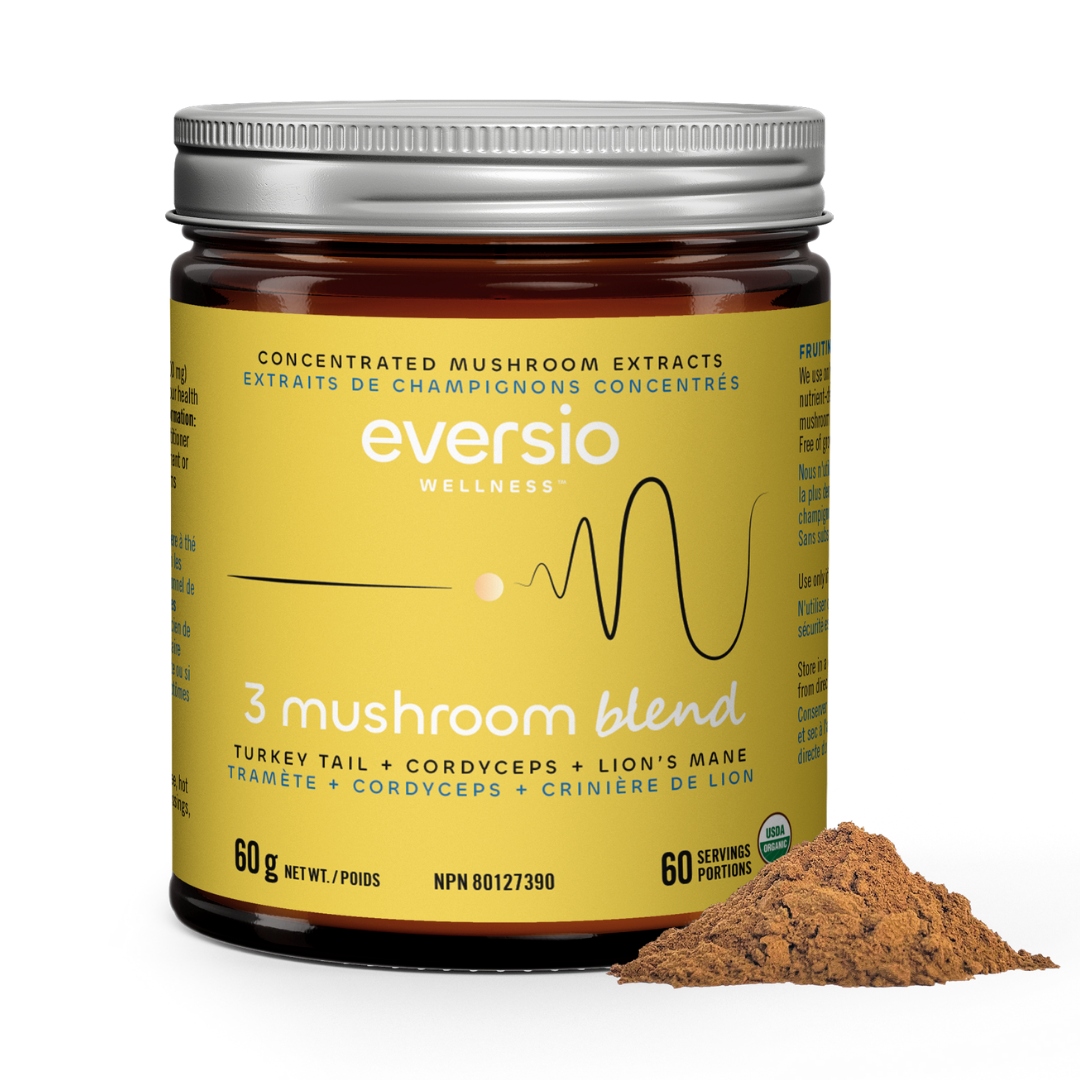
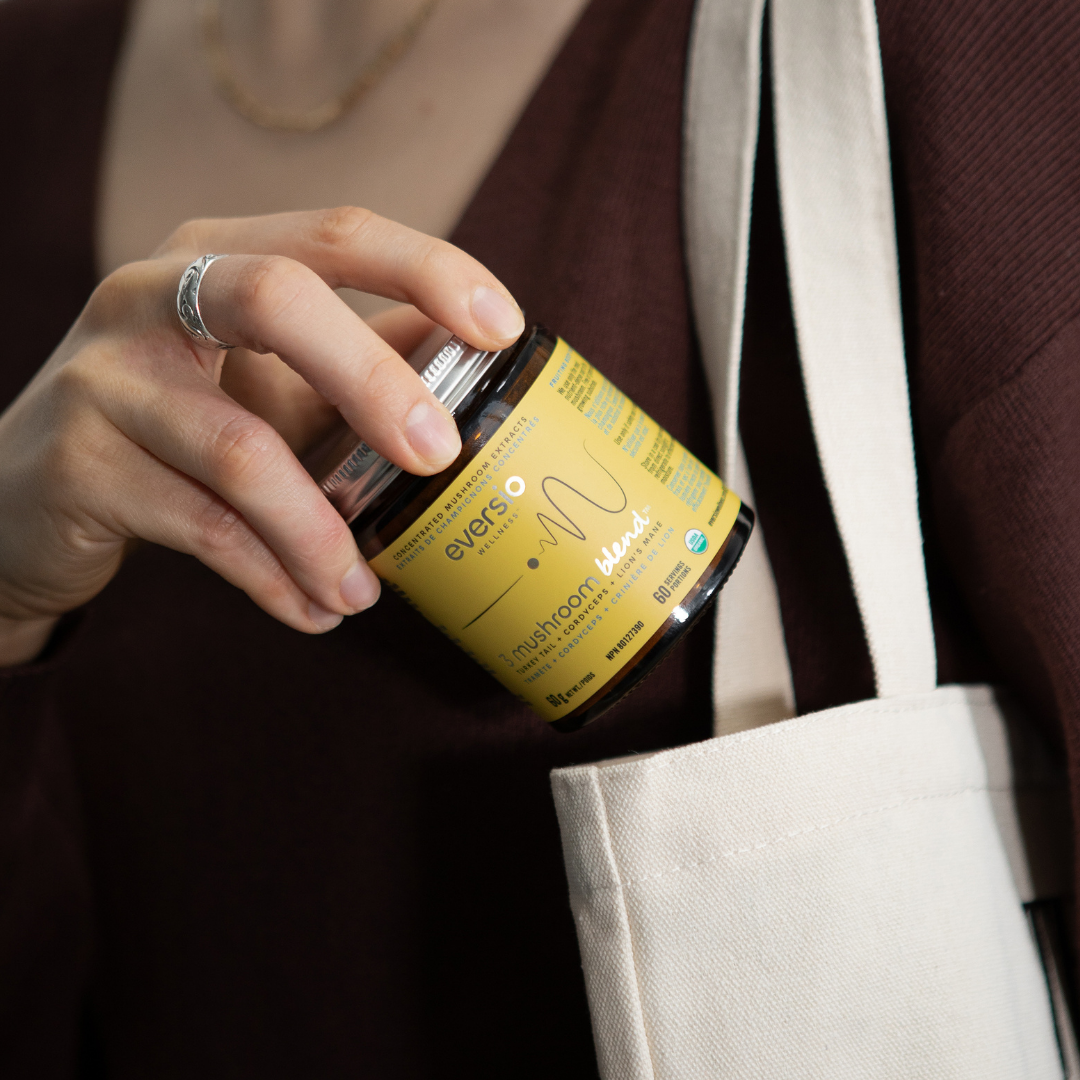
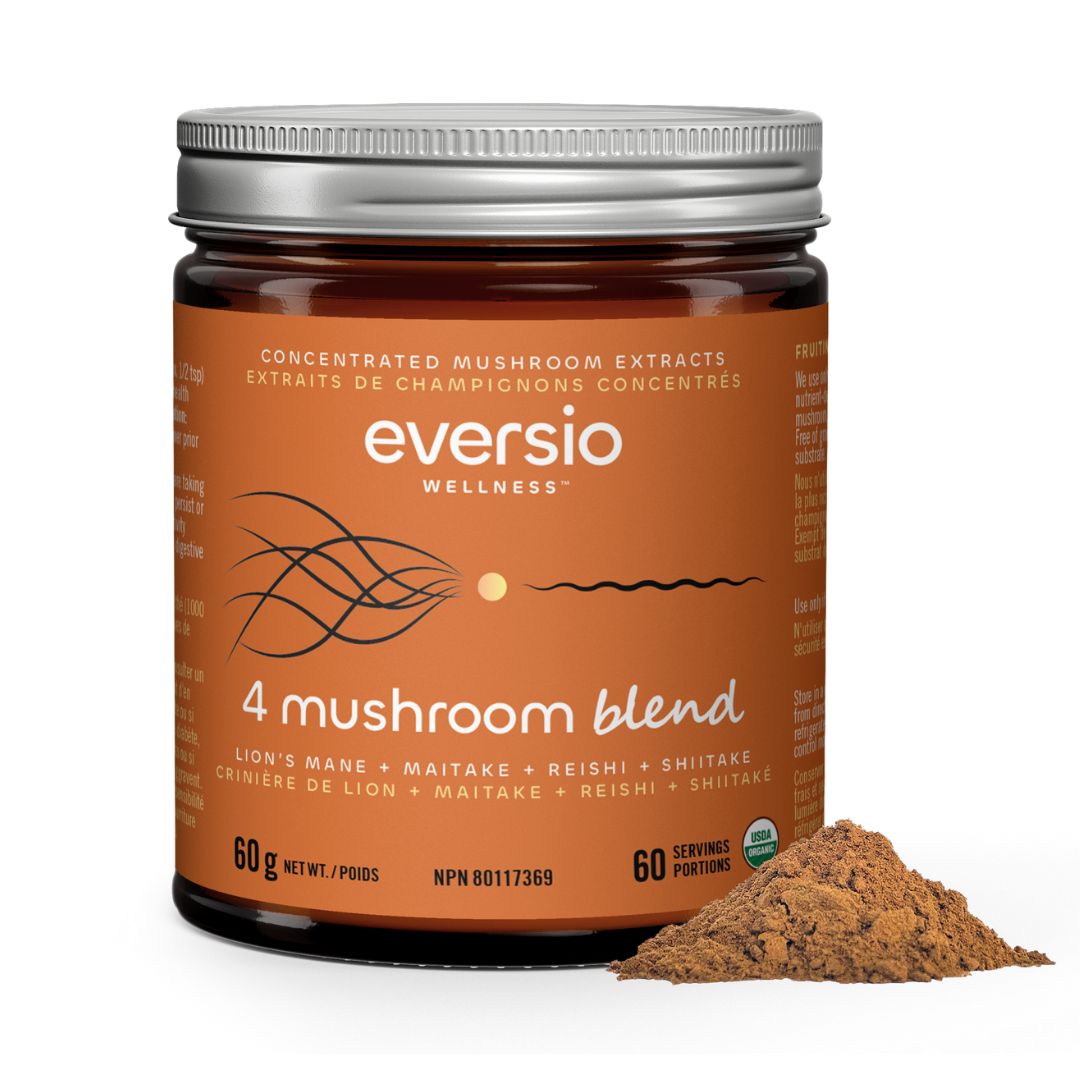
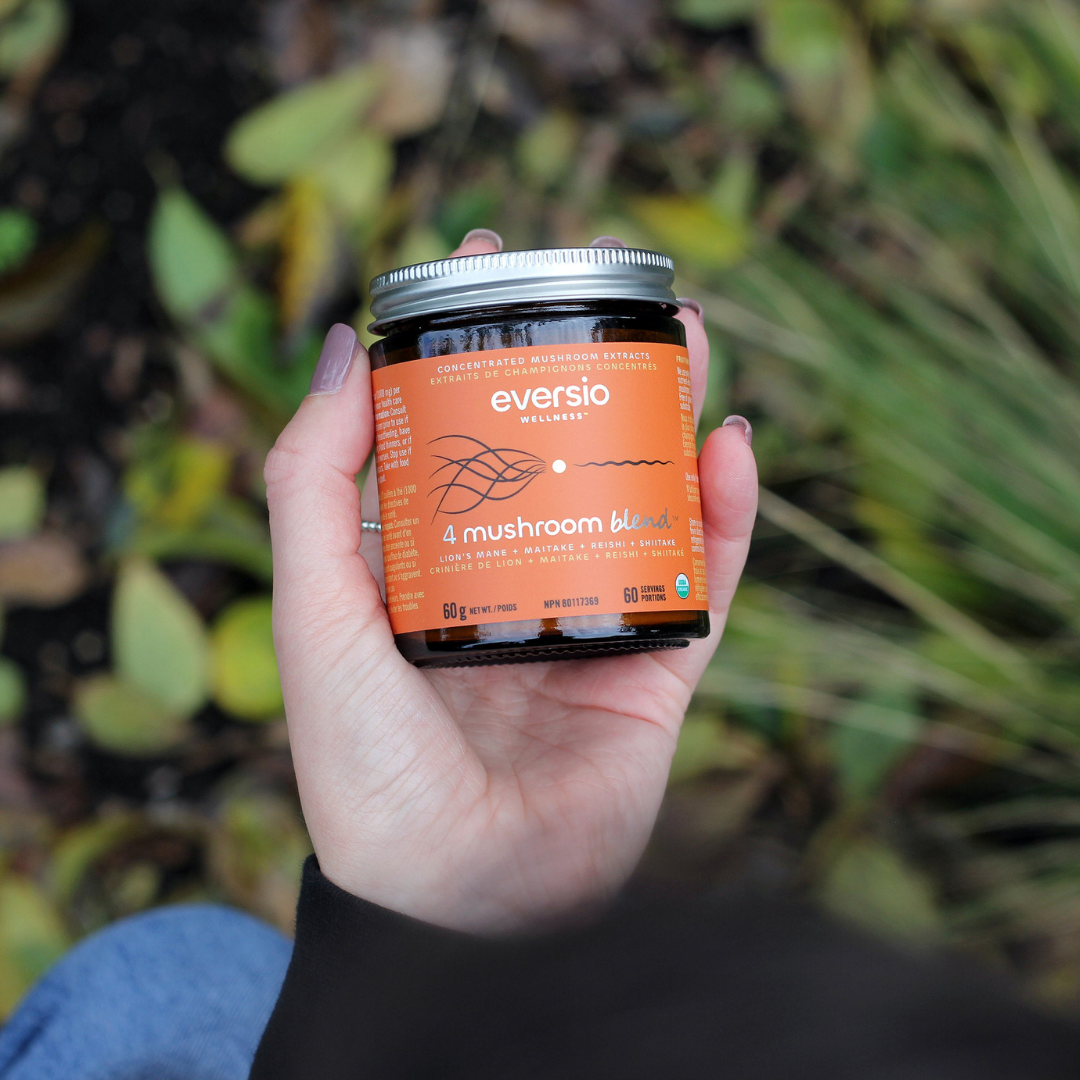
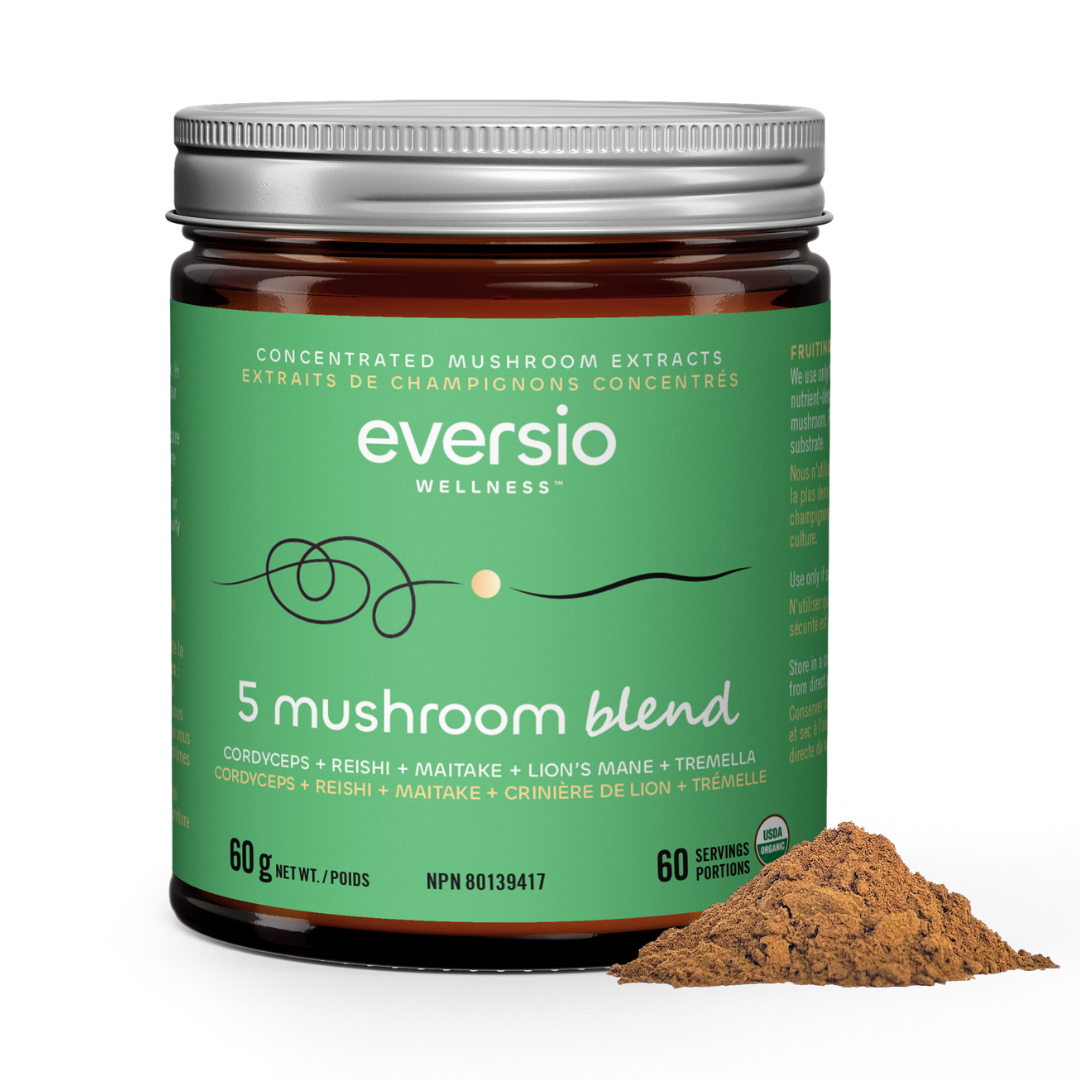
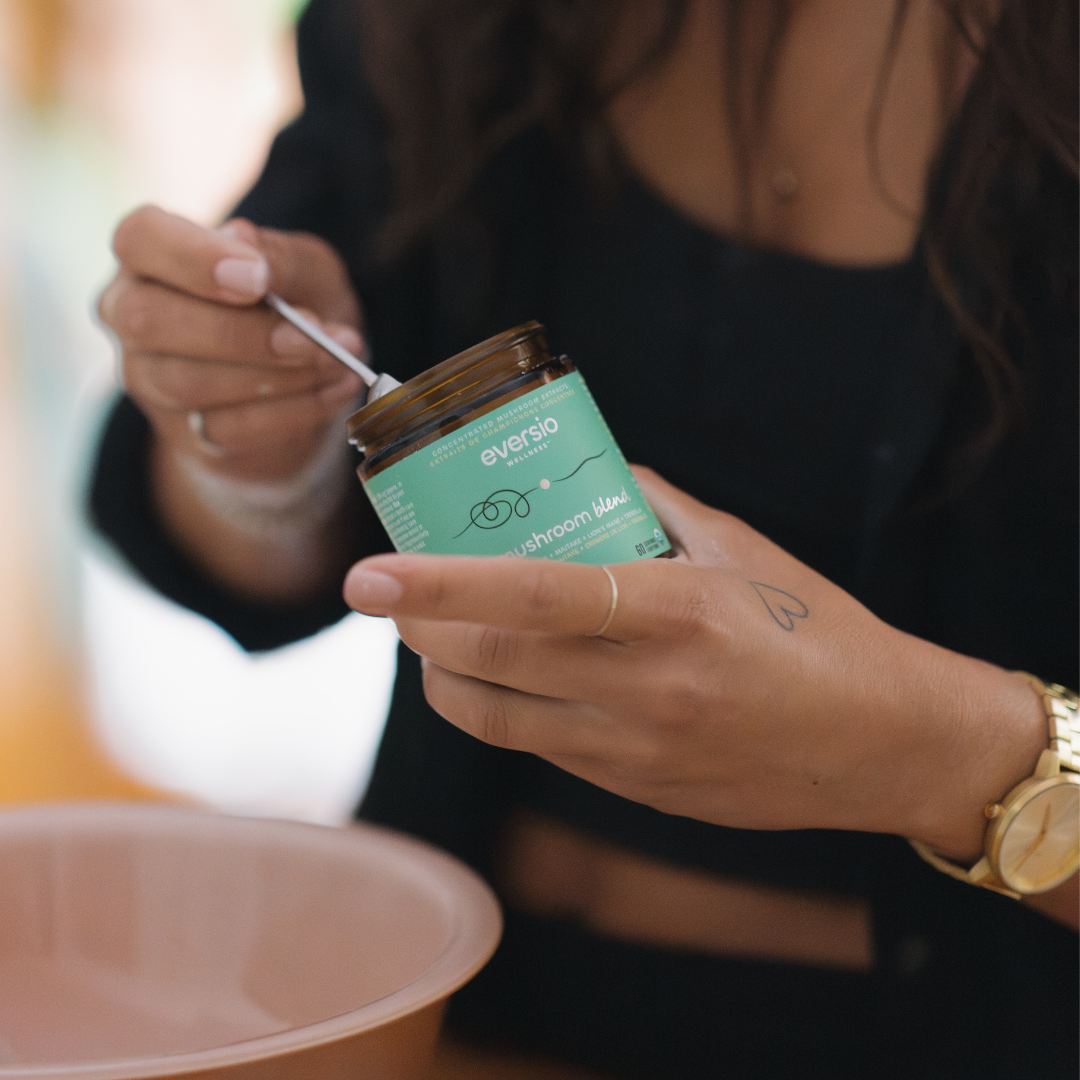
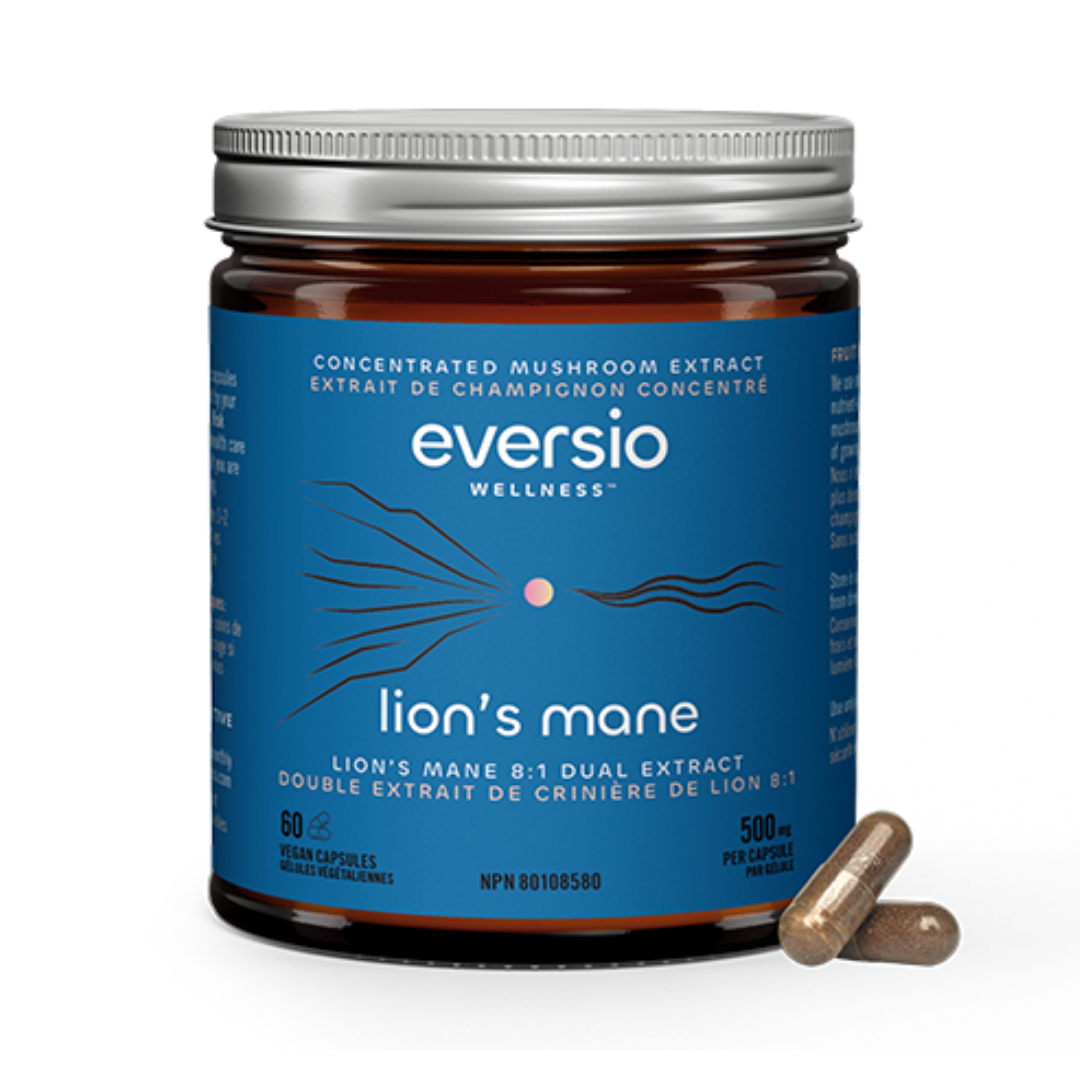
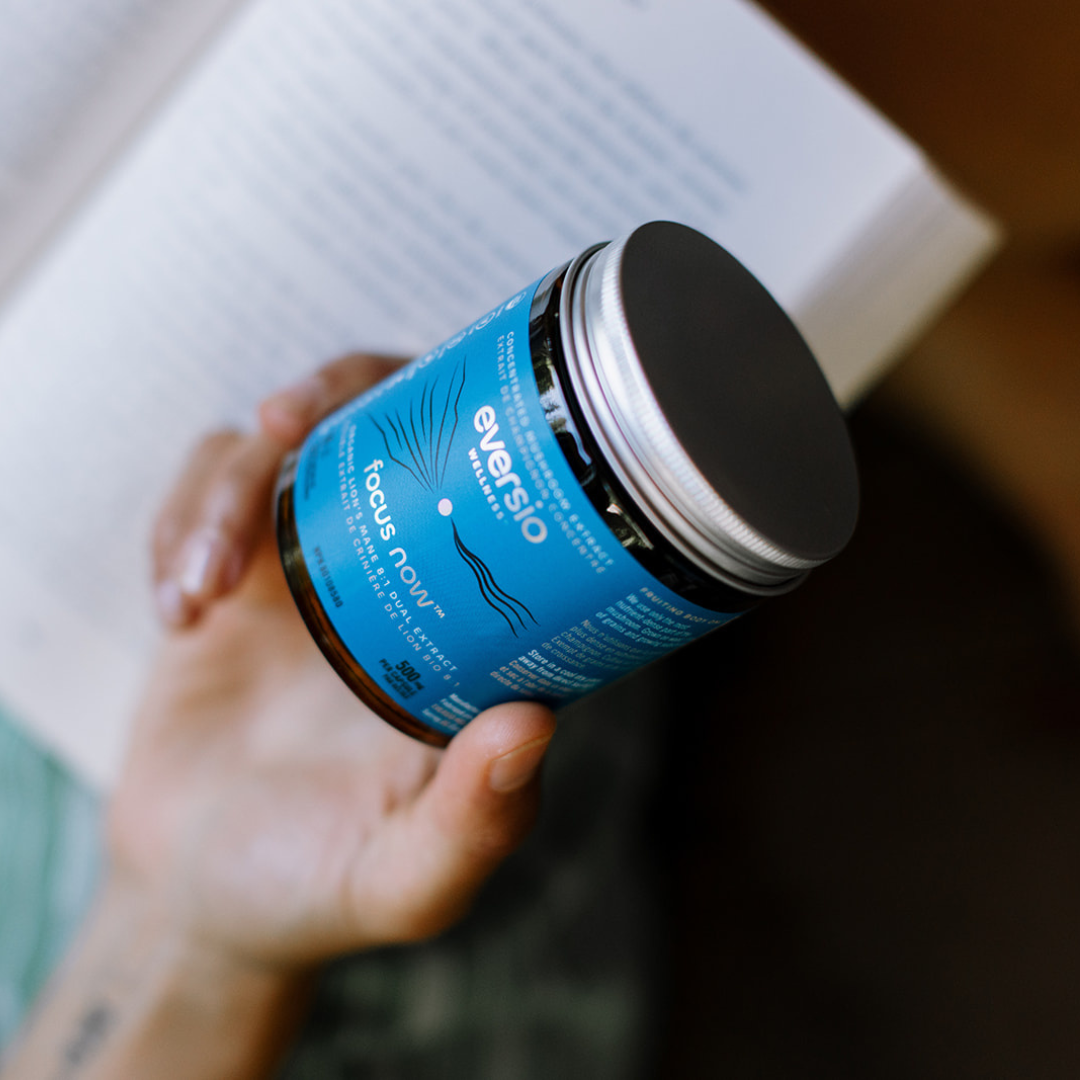
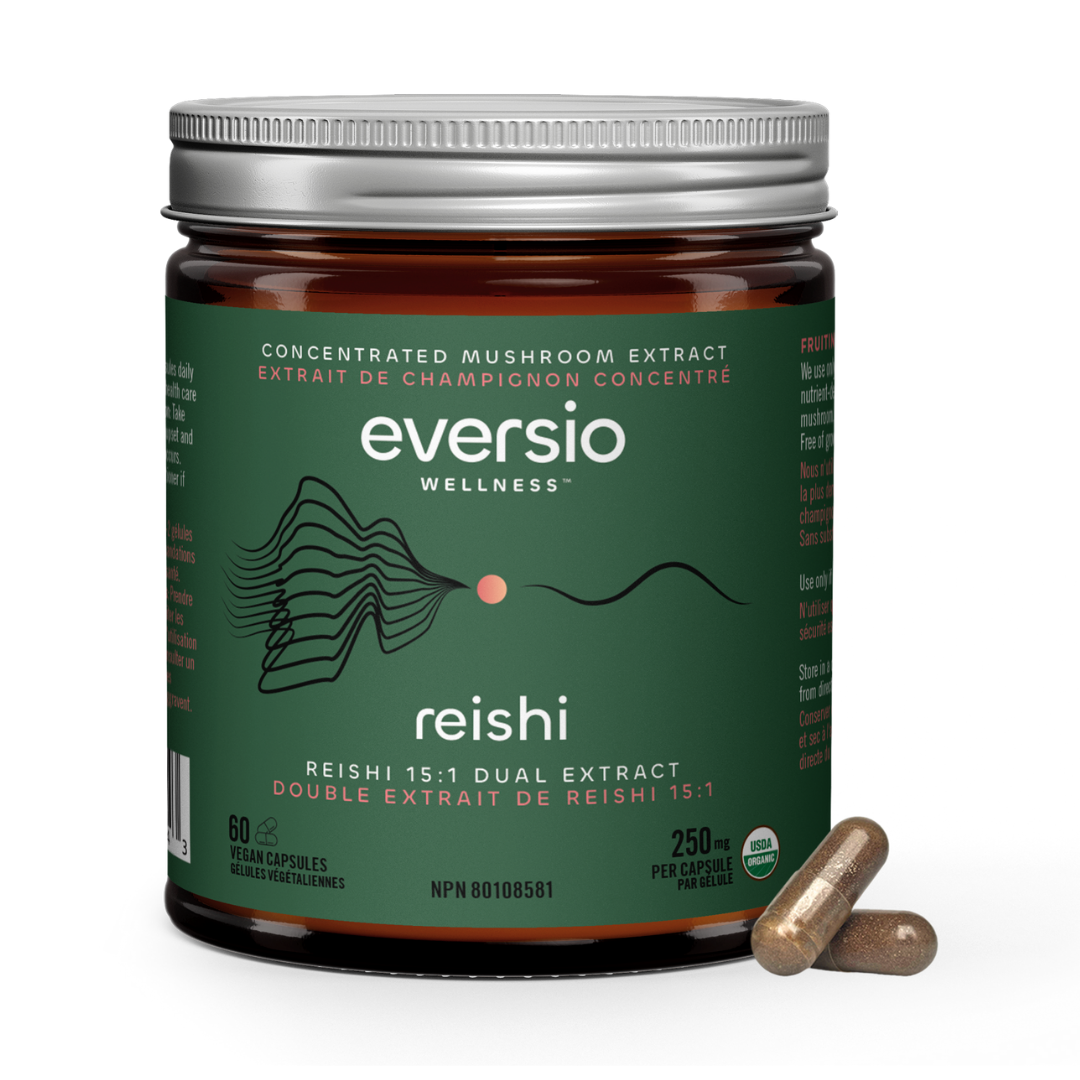
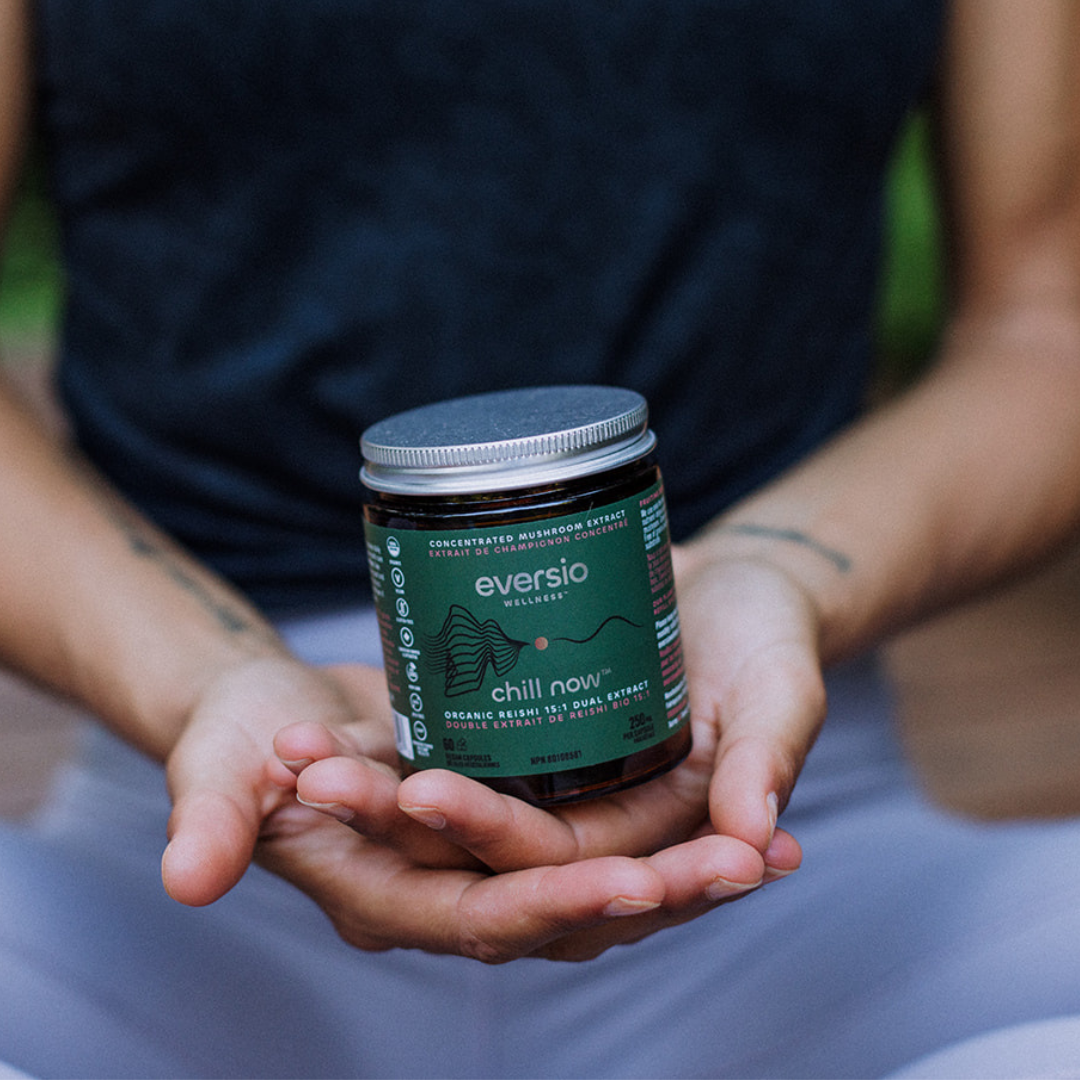
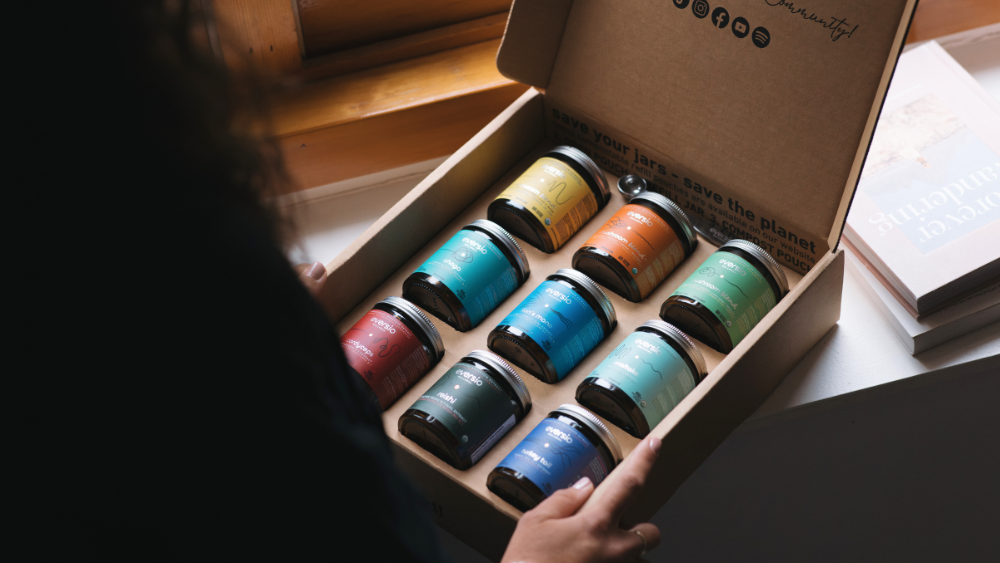




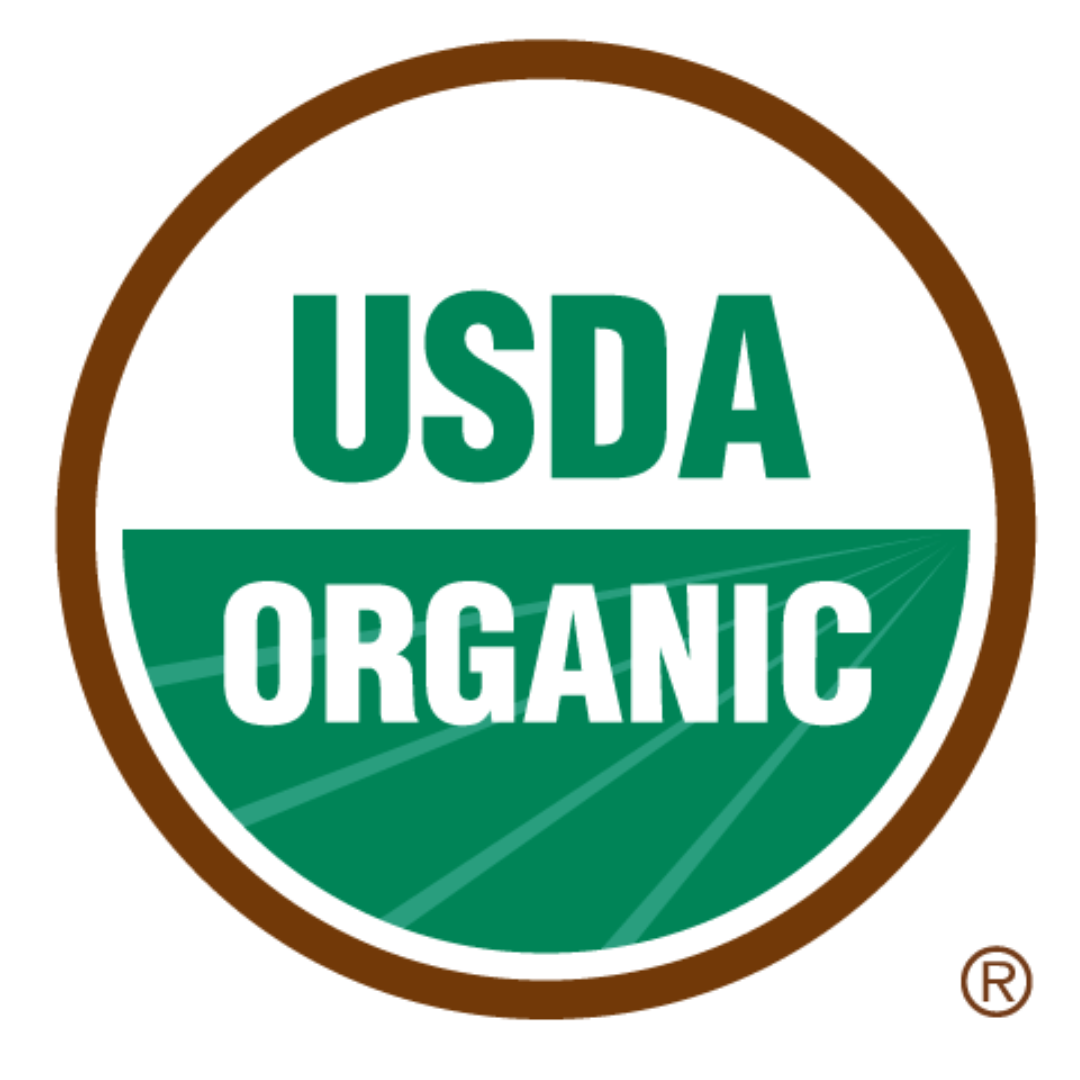


Leave a comment
This site is protected by hCaptcha and the hCaptcha Privacy Policy and Terms of Service apply.